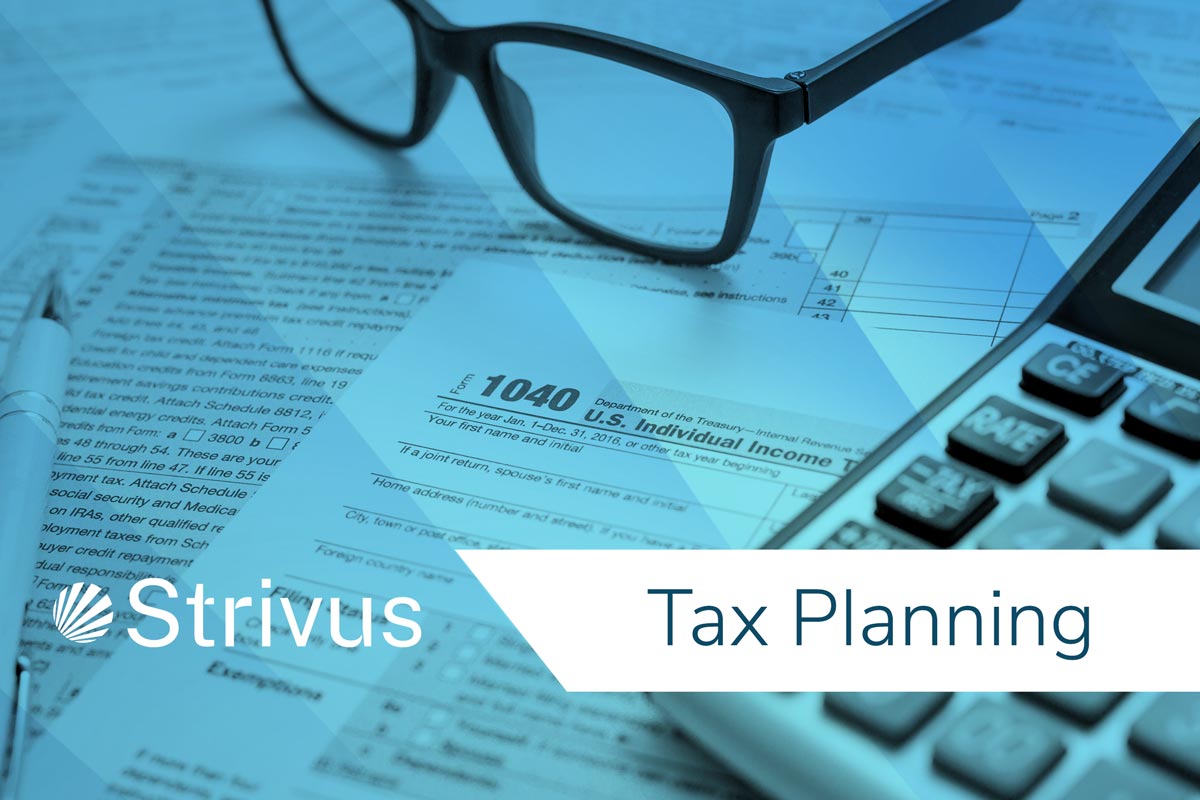Education

Qualified Charitable Distributions (QCDs) Made Easier

Americans are very generous, every year giving away more than Half a Trillion Dollars (that is only individual giving, and does not include corporations, foundations, and others). Donors ask little in return, but the IRS does allow us to take a tax deduction for our contributions to Qualified Charities, which are defined in IRS Publication 78. History has shown that tax deductibility is not the primary motivation for our generosity, but it remains a motivator to many taxpayers.
Since passage of the Tax Cuts and Jobs Act of 2017 (TCJA), fewer Americans have been itemizing tax deductions. One of the primary goals of TCJA was to increase the proportion of tax filers who take the Standard Deduction, which was increased significantly. Mission accomplished.
Unfortunately, deductibility of our collective generosity was rendered useless to the non-itemizers, so creative tax preparers popularized use of an obscure tax provision called the Qualified Charitable Distribution (QCD), which had been part of the U.S. Tax Code on and off since 2006. QCDs were designed to ease the tax burden for IRA owners who had attained the age at which annual taxable Required Minimum Distributions (RMDs) began (70-1/2 at the time).
QCDs allow an IRA custodian (Schwab, Fidelity, etc.) to send money directly to the Qualified Charity, reducing the taxable RMD by the amount of the donation. Specifically, the QCD amount counts as part of the RMD, lowering the taxable income of the IRA owner, dollar-for-dollar, up to a generous limit.
Subsequent changes in the Tax Code raised the age for RMDs, but the IRS retained QCD availability for anyone 70-1/2 or older. Since Americans’ generosity seldom extends to paying more than the minimum allowable Federal Income Tax, QCDs have become a popular method of coupling charitable intentions with legal tax minimization.
For several years, IRA custodians had no responsibility for reporting QCD amounts when they sent annual 1099 Forms to report taxable IRA distributions. There has never been a code on the 1099 Form indicating that any portion of the funds withdrawn during the year should be excluded from income. The burden of reporting QCDs to tax preparers fell on taxpayers themselves, many of whom failed to report the QCD amount to tax preparers, and hence lost the tax reduction. This has now been addressed by the IRS.
Beginning with tax returns filed for the 2025 tax year, 1099s from custodians will now include a code “Y” to designate a QCD-style withdrawal. While taxpayers retain ultimate responsibility for their own QCD reporting, tax preparers will be quick to incorporate the new QCD reporting system. Discuss your QCD withdrawals with your preparer anyway, and we will all benefit from improved information sharing.
